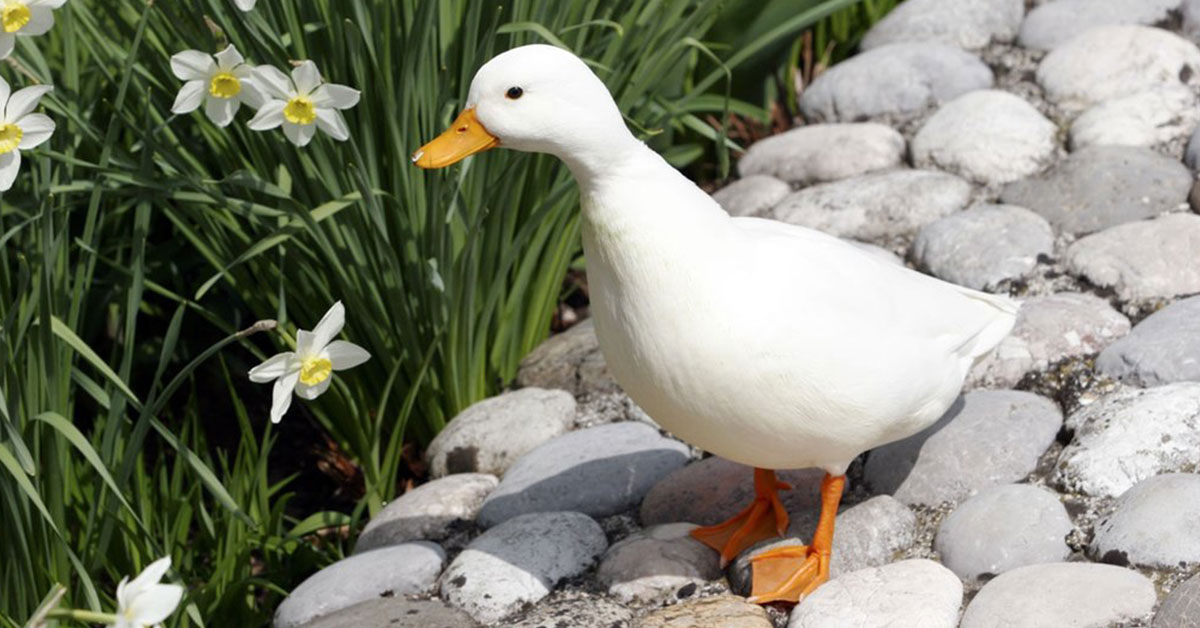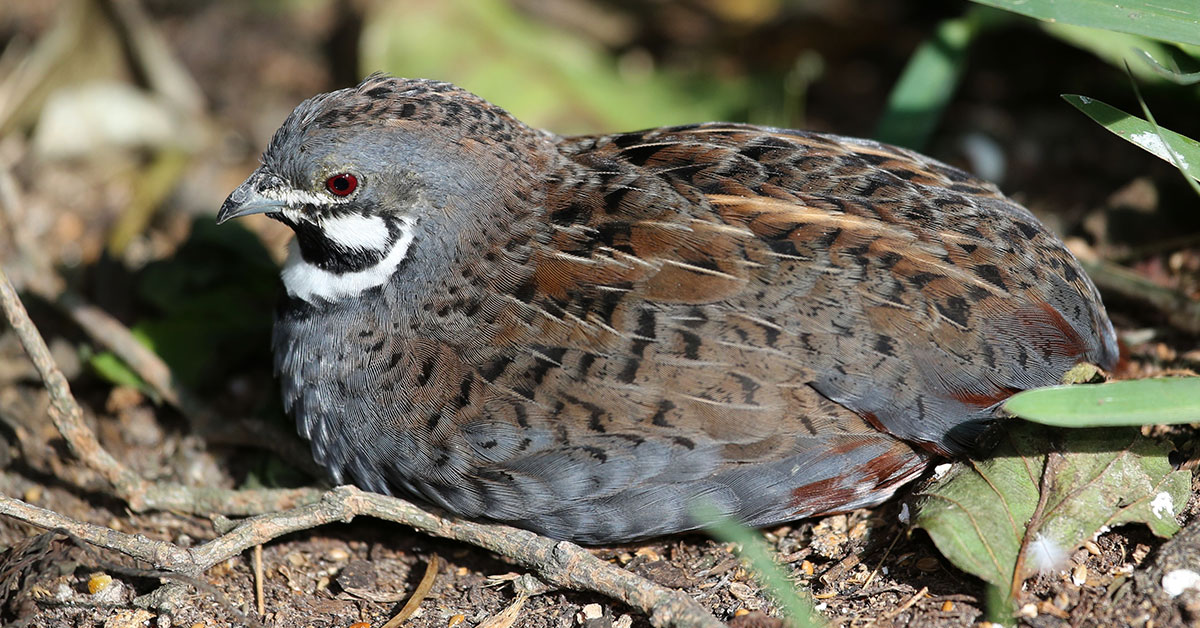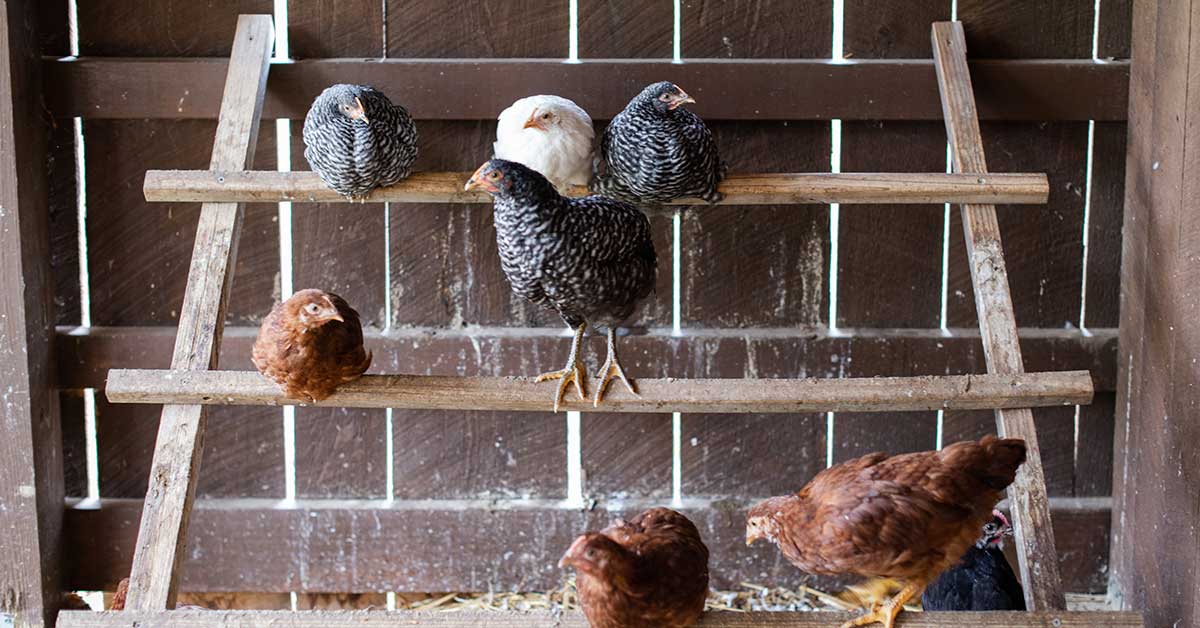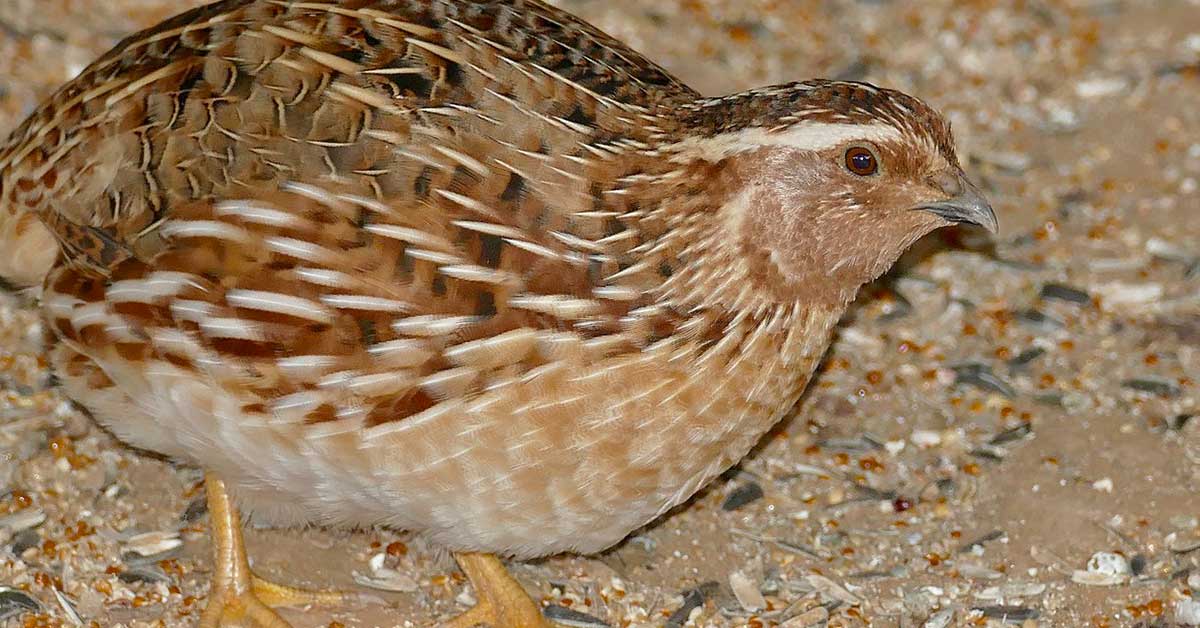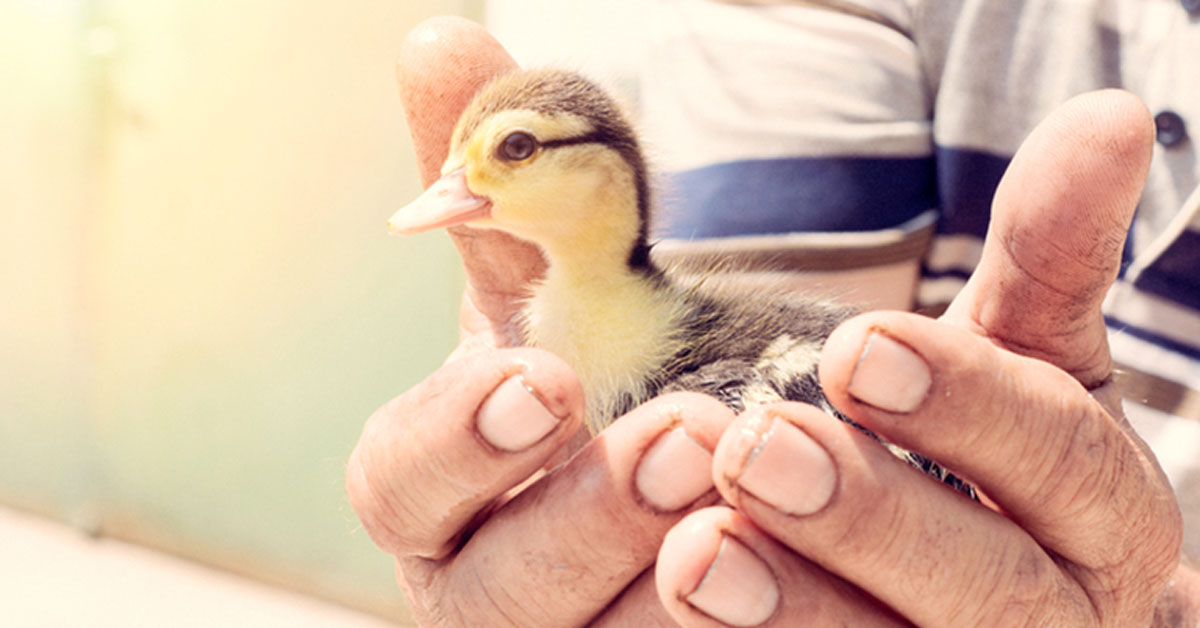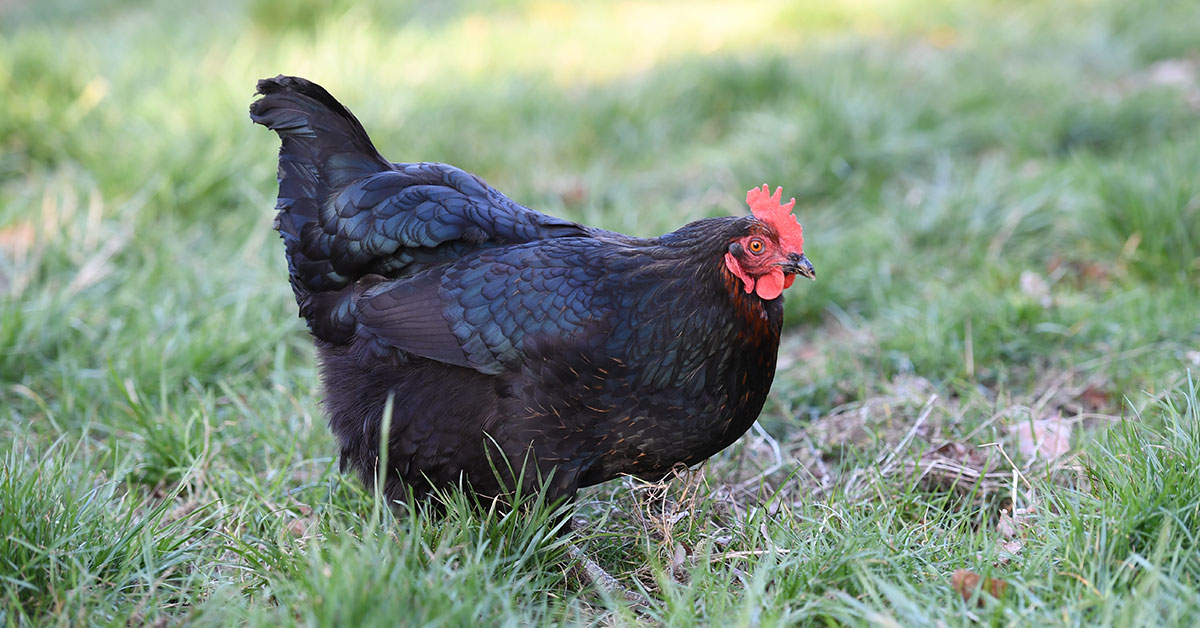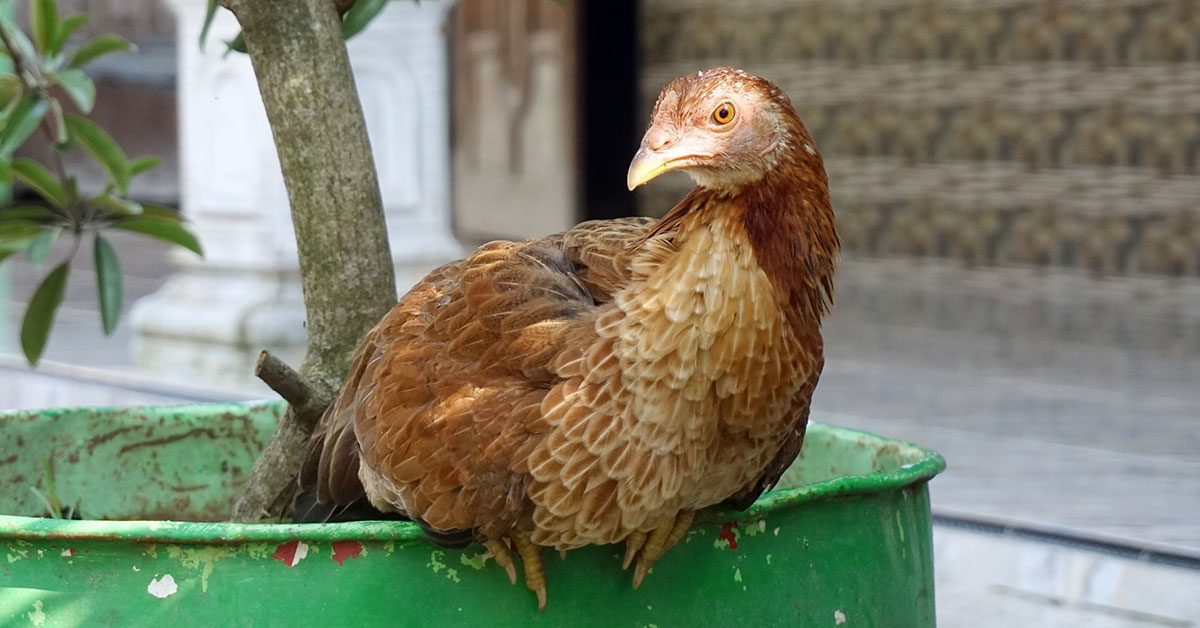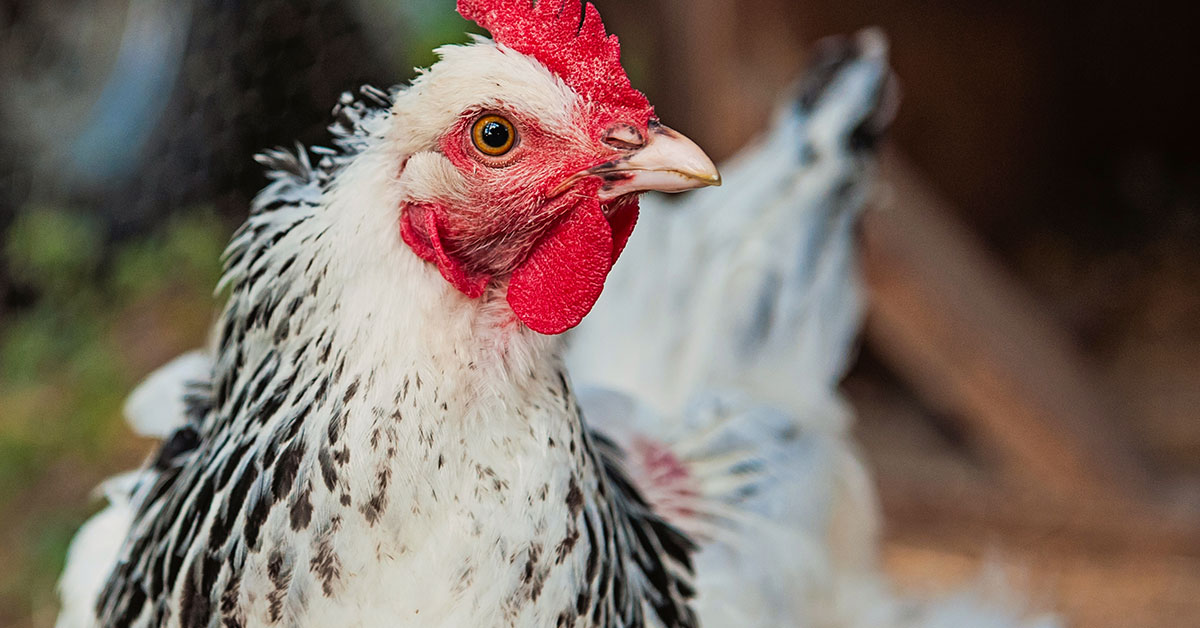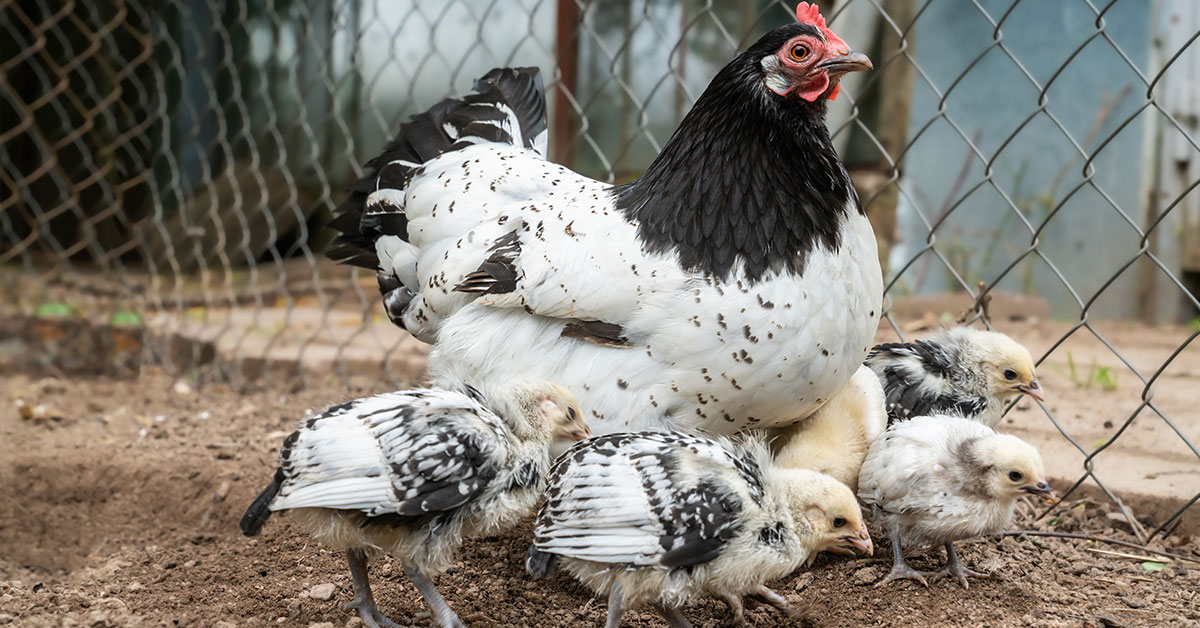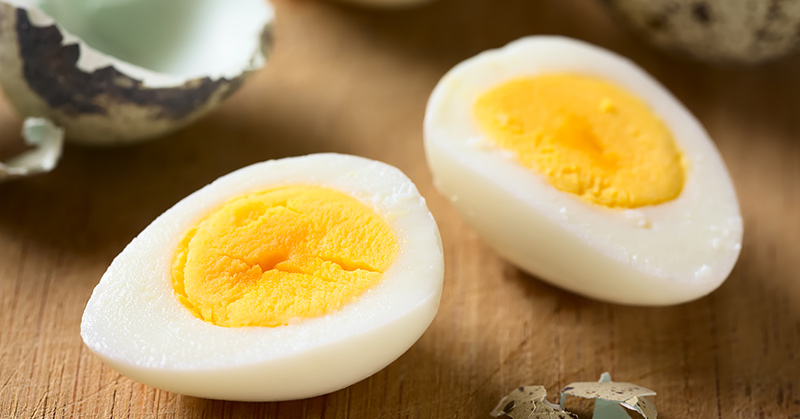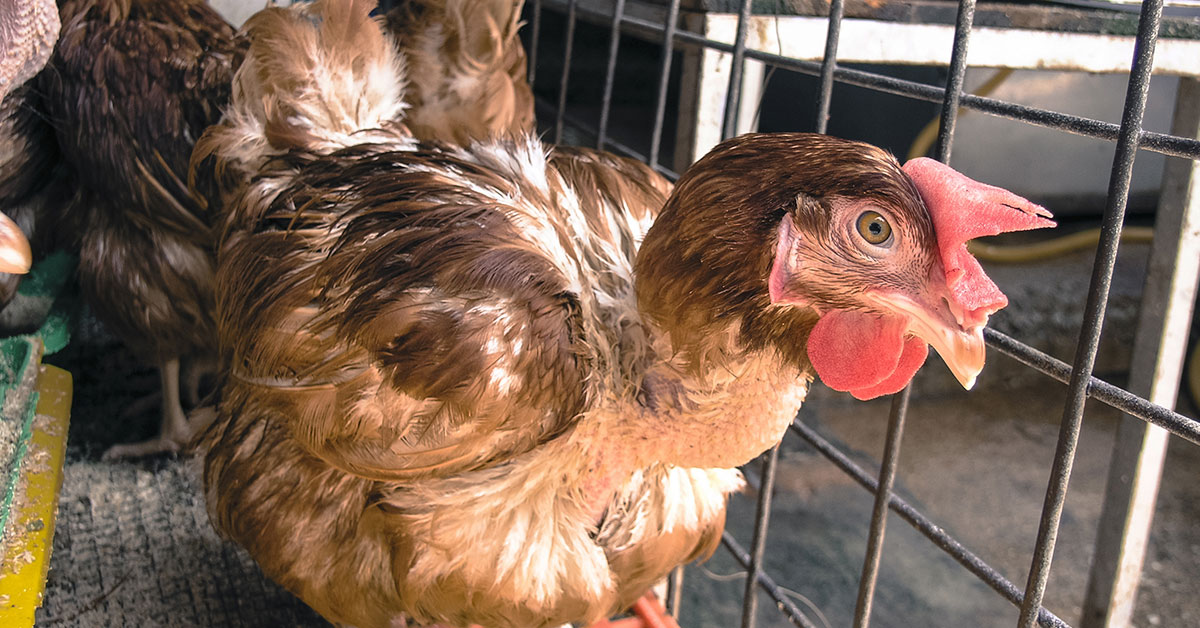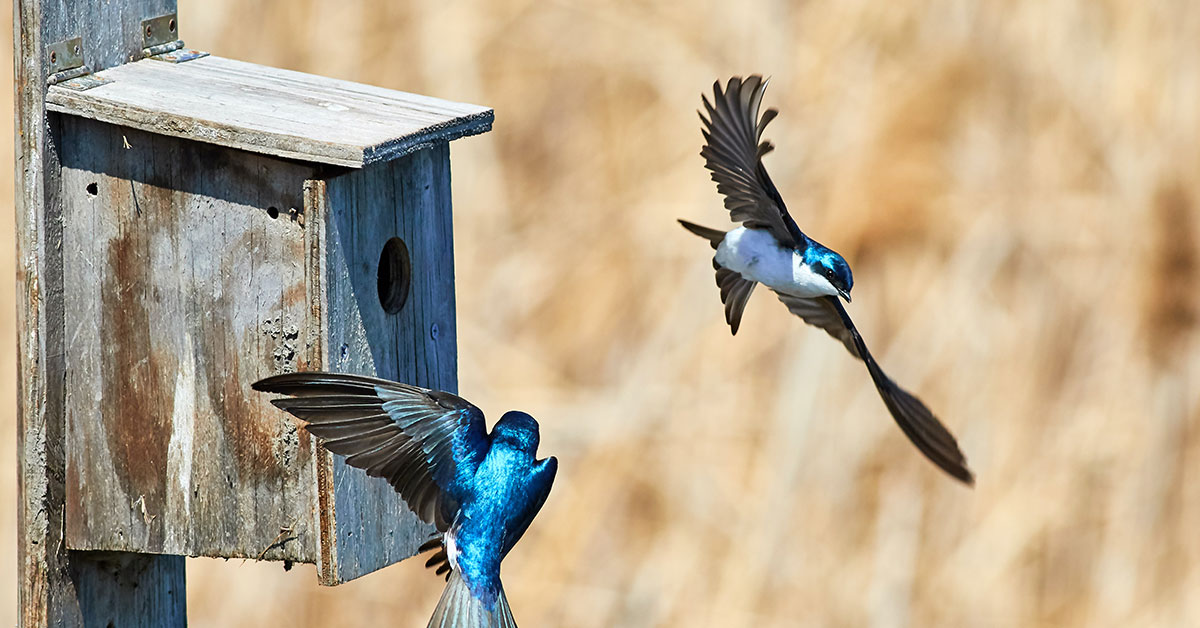Backyard chicken keeping is an increasingly popular hobby that is experiencing a resurgence, and along with it is backyard duck keeping. More and more cities are rolling back ordinances that prevent keeping ducks on your property, leading to an uptick in interest. There are numerous types of ducks to choose from. One of those breeds is the call duck.
All about call ducks
When it comes to picking the right breed of duck for your home or farm, knowing the basics of the breed will help you make that decision. Let’s get to know the call duck a bit better.
- Latin name: Anas platyrhynchos domesticus
- Appearance: Small with white feathers
- Origin: Netherlands
- Temperament: Docile
- Noise: Shrill, loud
- Purpose: Mostly aesthetic
- Maturity: 32 weeks
- Eggs per year: 50-150
- Egg color: White
- Egg size: Small
- Hen weight: 15-20 ounces
- Drake weight: 19-25 ounces
- Broody: Yes
- Sex link: No
- Lifespan: 10+ years
- APA Recognized: Yes, in 1874
The call duck is a docile, petite type of duck that originates from the Netherlands. If you want a quiet duck, the muscovy is a better bet. While call ducks are still pretty shrill and loud, they are quieter than noisier breeds like the Khaki Campbell.
Call ducks are not the most productive type of duck. They lay only 50-150 small eggs per year on average and they are very small, which means they don’t produce much usable meat. Most people keep call ducks because they are small and cute.
Call ducks are known to readily go broody and sit on their own eggs. All call ducks are white and look similarly at time of hatch, so cannot be sexed based on feathers. They can live 10 or more years and were recognized by the American Poultry Association in 1874.
Call duck colors
There are 10 standard color varieties of Call Ducks, including, Apricot, Bibbed, Black, Blue Fawn, Dark silver, Magpie, Mallard, Pied, Silver and White.
History of call ducks
The call duck was originally bred in the Netherlands, where they were first called decoy or coy ducks. They were sometimes called mallards too due to their similar appearance. Call ducks’ original purpose was as a decoy or bait for hunters. They would be deployed to lure other breeds of duck in. You can think of them as being like a natural duck call, thus the name.
The call duck is thought to date all the way back to the 1600s and may have come from East Asia sometime around then. The duck ended up in Great Britain in the mid 1800s and was designated as a breed in 1874.
Temperament & Purpose
Call ducks are known to be docile and sweet, especially when hatched at home in an incubator and hand-raised. These ducks are very easy to tame and are often used as companions ahead of more utilitarian purposes like meat and eggs. Call ducks are not very productive when it comes to laying eggs, producing only 50-150 small white eggs.
Duck house and habitat
Duck houses are similar to chicken coops in many ways, but ducks have some needs that chickens don’t and vice-versa. A good duck house should have a wood or cement floor that can sit directly on the ground, but it needs to be enclosed in order to prevent predators from getting inside. The duck house should have a closable door, secure walls, nesting boxes, and ventilation.
Generally, you should allow 4 square feet of duck house space per duck. So if you have 5 call ducks, you should have a 4×5 foot duck house at minimum. Because call ducks are so small, you may be able to fit a couple more into that amount of space, but don’t push your luck.
A duck pen or run should be at least 15 square feet per call duck, so if you have 5 call ducks, you should have 75 square feet of run space. As mentioned above, you may be able to push size limits a bit given that call ducks are smaller.
Breeding Call Ducks
Call ducks will generally go broody and sit on their own eggs pretty easily, but another option, if you have a drake and a hen, is to incubate their eggs using an incubator. Some quick facts about incubating duck eggs:
- Incubation time: 28 days
- Incubator temperature: 37.5°C (99.5°F)
- Incubator humidity: 55% or 84.5°F if you use a wet bulb thermometer
- Egg turning: 4 times a day
- Candling eggs: Day 10
- Lockdown Date: Day 24
- Lockdown temperature: 37.2°C (99°F)
- Lockdown humidity: 65% or 88°F if you use a wet bulb thermometer
For more information, check out our comprehensive guide on incubating duck eggs.
Sexing Call ducks
Sexing call ducklings is pretty challenging and a practice that I have not yet perfected. Usually, as the ducks get older, their voices are the dead giveaway. Female call ducks will have a shrill, loud quack. Male call ducks will have a lower, raspier sounding quack. This is true of most duck breeds. Male ducks (drakes) will also have a drake feather, which is a small, curled feather on the tail.
